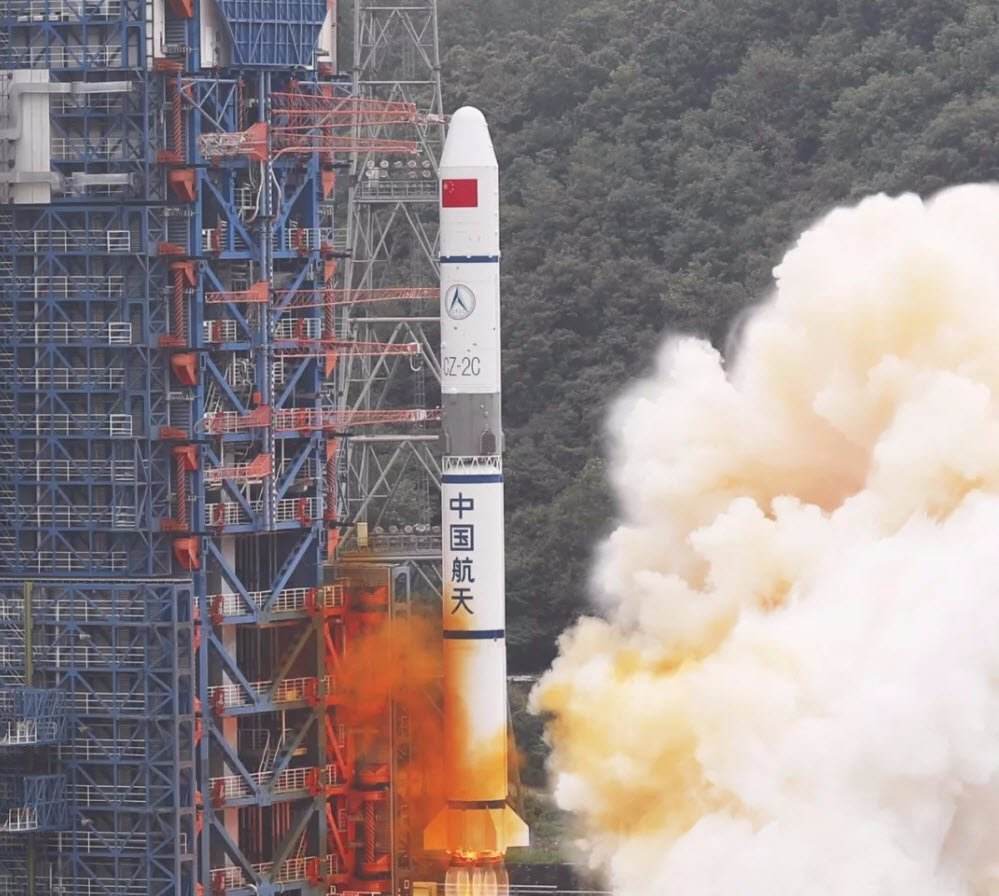A return control system was set on the first stage of the launcher that allowed a new Chinese military mission, on July 26.
On July 26 at 3:57 (UTC), China operated a launch to set three new military reconnaissance satellites Yaogan 30 on a low orbit.
The launch was operated from the Xichang Satellite Launch Center, in the South-West of the country — an inland location and particularly populated — where are witnessed a lot of accidents due to the detachment of launch vehicles’ parts — such as the dramatic accident after the fail in flight of a Long March 3B (a launcher with three stages and four booster rockets) carrying the U.S. telecommunication satellite Intelsat 706, on February 15, 1996. It caused the death of hundreds of people living in the neighboring village…
Control the parts falling off.
For the first time, the Long March 2C/Y37 (launcher with two stages), used on July 26, was equipped with grid fins on the top of the first stage, similar to the one set on SpaceX’s Falcon 9.
A way to control the fall of the first stage in an area of a 100 square meters to protect the population around the launch center, waiting the total recuperation of the stages.

